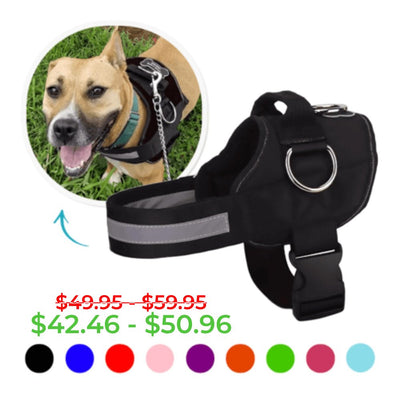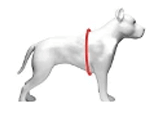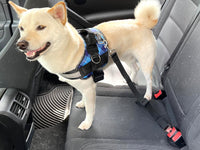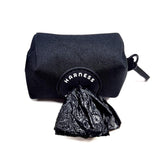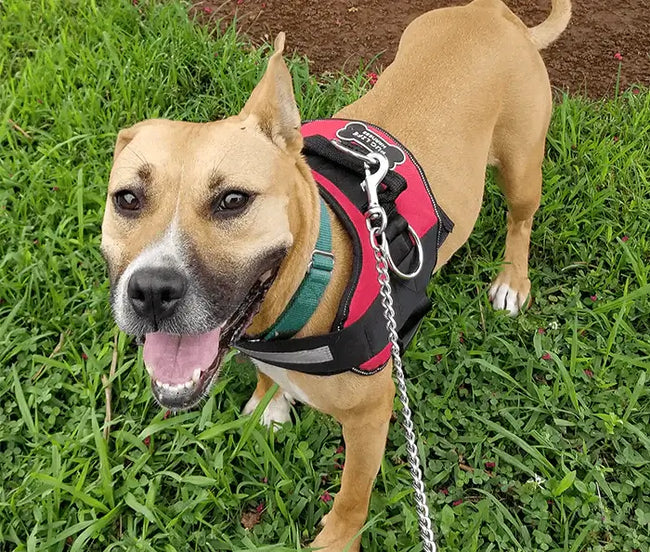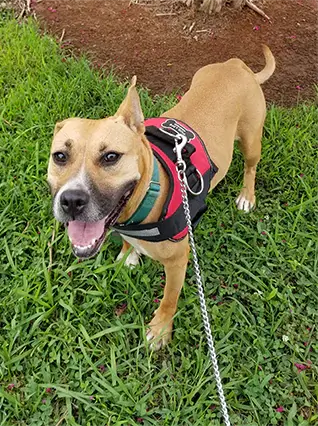6 Dog Sleeping Positions and What They Mean

If you’re a dog owner, you’ve probably noticed your furry friend sleeping in various positions—some of which might look uncomfortable to us. But each sleeping position can provide insight into how your dog feels physically and emotionally.
According to Dr. Patrik Holmboe, head veterinarian at Cooper Pet Care, dogs often choose a particular position based on their current mood, comfort level, and environment.
Let’s explore six common dog sleeping positions and what they reveal about your pup’s personality, emotions, and overall well-being.
1. The Side Sleeper

One of the most common sleeping positions, the side sleeper is when a dog lies on its side with its legs stretched out. This position exposes the dog’s belly—a vulnerable area—indicating that they feel safe, relaxed, and comfortable in their environment. Dogs in this position are typically in a deep sleep, and you might notice their paws twitching as they dream.
Temperature can also influence this sleeping choice. On warm days, dogs might sprawl out on cool surfaces like tile floors to regulate their body heat. This sleeping position is often seen in both puppies and adult dogs, as it allows their muscles to fully relax.
2. The Lion Pose

Also known as the sphinx pose, this position involves the dog resting on its belly with its front paws stretched forward and its head resting on them. Dogs that sleep in this position are usually in a light sleep and ready to spring into action if needed. This pose is common among dogs that are naturally alert, protective, and loyal, as it allows them to stay watchful while still resting.
If you have a newborn or young child at home, don’t be surprised if your dog assumes this position near the crib or play area. Their instincts to protect and watch over their family are often reflected in their sleeping posture. However, this position can also indicate mild anxiety, as dogs may sleep this way when they feel the need to stay vigilant.
3. The Superman

The superman pose is a playful and adorable sleeping position where dogs lie on their stomachs with their front legs stretched forward and their back legs extended behind them. This position is common among breeds like French Bulldogs and Pugs, but many dogs enjoy it—especially puppies.
The superman pose is often associated with dogs that are energetic, fun-loving, and ready to play at a moment’s notice. It also allows dogs to cool down, as their stomachs are in contact with the floor, which helps regulate their body temperature. Puppies often sleep in this position because it’s easy for them to quickly jump up and continue playing as soon as they wake up.
4. The Belly-Up

Often referred to as “the dying cockroach” due to its comical appearance, the belly-up position involves a dog lying on its back with its legs in the air and its belly fully exposed. This sleeping position indicates that the dog feels completely safe, comfortable, and secure in its environment. Because the belly is the most vulnerable part of a dog’s body, only dogs that feel truly at ease will sleep this way.
Breeds like Greyhounds and Whippets are known for favoring this position, but many playful and affectionate dogs enjoy sleeping on their backs. While this position is typically comfortable, older dogs may eventually switch to sleeping on their sides, as lying on their backs can sometimes put pressure on their spine.
5. The Donut

When a dog curls up into a tight ball with its nose tucked near its tail, it’s known as the donut position. This posture is often seen in dogs that are feeling cold because curling up helps conserve body heat. It’s also a protective position that dogs might adopt when they’re feeling unsure or nervous.
Dogs that are shy, reserved, or adjusting to a new environment may prefer this position because it provides a sense of security. However, even confident dogs might sleep in the donut position simply because it feels cozy. This position is especially common during colder months when dogs instinctively try to stay warm.
6. The Cuddle Bug

Dogs that love to snuggle up with their owners, other pets, or even a favorite blanket are known as cuddle bugs. This sleeping position reflects a dog’s affectionate nature and strong bond with their family. Dogs that prefer to sleep close to their humans are often referred to as “Velcro dogs” because of their desire to be near their loved ones at all times.
While some dog owners enjoy sharing their bed with their pets, others might prefer to keep their sleeping spaces separate. If you’d rather not have your dog sleep in your bed, providing a cozy blanket or dog bed nearby can still offer the sense of closeness that your dog craves. Dogs that sleep in this position tend to be social, loving, and friendly with both people and other animals.
Why Dogs Sleep in Different Positions?
Dogs may switch between sleeping positions depending on their mood, health, and environment. For example, a dog that usually sleeps on its side might curl up into a donut when the temperature drops. Similarly, a dog that enjoys the belly-up position might choose the lion pose if they’re feeling slightly anxious.
Puppies and younger dogs often sleep more than adults—sometimes up to 20 hours a day—so it’s not uncommon to see them switch between different positions throughout the day. As dogs age, they might prefer positions that put less pressure on their joints, such as the side sleeper or donut position.
When to Be Concerned?
While most sleeping positions are perfectly normal, sudden changes in your dog’s sleep habits could indicate an underlying health issue. For example, if your dog starts sleeping in unusual positions or seems restless, consult your veterinarian to rule out pain or discomfort. Additionally, excessive sleeping or difficulty getting comfortable might be signs of arthritis, joint pain, or other health problems.
A dog’s sleeping position can reveal a lot about their physical and emotional state. Whether your pup is snoozing on their side, stretched out like Superman, or curled up like a donut, each posture reflects their personality and comfort level. By observing your dog’s sleeping habits, you can gain a better understanding of their needs and ensure they feel safe, relaxed, and loved.
—-
The information provided in this blog post is for general educational purposes only and is not intended as a substitute for professional veterinary advice, diagnosis, or treatment. Always consult your veterinarian or a qualified animal healthcare provider with any questions you may have regarding your pet’s health or medical conditions.
For more helpful dog care tips, check out the Joyride Blog. We know you love your furry friends just as much as we love ours, and our helpful hints will make it easier– and more fun– to care for them.
Source: PetMd


